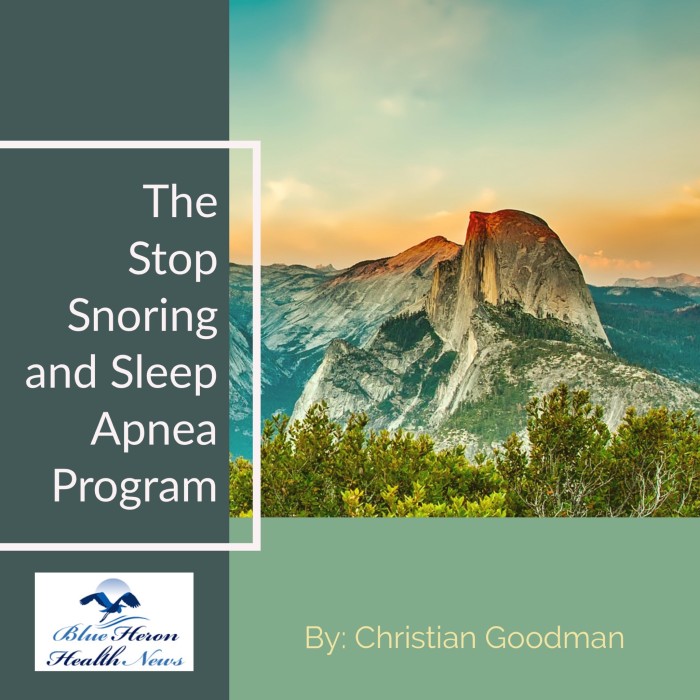What are the different types of snoring?
Different Types of Snoring
Snoring can vary significantly in its characteristics and underlying causes. Identifying the type of snoring is crucial for determining the most effective treatment. Here, we explore the different types of snoring, their causes, and implications.
1. Nasal Snoring
1.1 Description Nasal snoring occurs when the airflow is obstructed in the nasal passages. This type of snoring is often quieter than other forms and is characterized by a sound that originates from the nose.
1.2 Causes
- Nasal Congestion: Common colds, allergies, or sinus infections can cause nasal congestion, leading to snoring.
- Deviated Septum: A crooked or deviated nasal septum can block one or both nasal passages.
- Nasal Polyps: Growths in the nasal passages can obstruct airflow and cause snoring.
1.3 Treatment
- Decongestants or Antihistamines: To reduce nasal congestion.
- Nasal Strips or Dilators: To keep nasal passages open during sleep.
- Surgery: In severe cases, to correct a deviated septum or remove nasal polyps.
2. Mouth Snoring
2.1 Description Mouth snoring occurs when a person breathes through their mouth instead of their nose while sleeping. This type of snoring often produces a louder, more resonant sound.
2.2 Causes
- Nasal Obstruction: Blocked nasal passages force breathing through the mouth.
- Poor Muscle Tone: Relaxation of the muscles in the throat and mouth during sleep.
- Enlarged Tonsils or Adenoids: These can obstruct the airway, causing mouth breathing and snoring.
2.3 Treatment
- Mouth Guards or Oral Appliances: To keep the airway open.
- Positional Therapy: Encouraging sleeping on the side instead of the back.
- Surgery: To remove enlarged tonsils or adenoids.
3. Tongue-Based Snoring
3.1 Description Tongue-based snoring occurs when the tongue falls back into the throat during sleep, blocking the airway. This type of snoring is often associated with more severe snoring and sleep apnea.
2.1 Causes
- Poor Muscle Tone: Relaxed tongue muscles can cause the tongue to fall back.
- Sleep Position: Sleeping on the back can exacerbate this type of snoring.
- Obesity: Excess weight, especially around the neck, can push the tongue back into the throat.
3.3 Treatment
- Oral Appliances: To reposition the tongue and lower jaw.
- Positional Therapy: Encouraging side sleeping.
- Continuous Positive Airway Pressure (CPAP): For severe cases, particularly if associated with sleep apnea.
4. Throat Snoring
4.1 Description Throat snoring, also known as pharyngeal snoring, occurs when the tissues in the throat vibrate due to airflow obstruction. This type of snoring is often loud and associated with a deep, guttural sound.
4.2 Causes
- Poor Muscle Tone: Relaxation of throat muscles during sleep.
- Obstructive Sleep Apnea (OSA): Repeated collapse of the airway.
- Alcohol Consumption: Alcohol relaxes the throat muscles.
4.3 Treatment
- CPAP: To keep the airway open.
- Lifestyle Changes: Reducing alcohol consumption and losing weight.
- Surgery: Procedures such as Uvulopalatopharyngoplasty (UPPP) to remove excess tissue in the throat.
5. Complex or Mixed Snoring
5.1 Description Complex or mixed snoring involves multiple factors, such as nasal obstruction, mouth breathing, and throat vibration. This type of snoring may require a comprehensive approach to diagnosis and treatment.
5.2 Causes
- Combination of Factors: Including nasal congestion, poor muscle tone, and obesity.
- Underlying Conditions: Such as sleep apnea or chronic respiratory issues.
5.3 Treatment
- Multifaceted Approach: Combining treatments for nasal, mouth, and throat snoring.
- Medical Evaluation: Thorough assessment by a sleep specialist to identify all contributing factors.
- Lifestyle Modifications: Addressing weight, sleep position, and other lifestyle factors.
Conclusion
Understanding the different types of snoring is essential for effective diagnosis and treatment. Each type has unique causes and requires specific interventions. By identifying the underlying causes and addressing them through targeted treatments, individuals can reduce snoring and improve their sleep quality and overall health.

The Stop Snoring And Sleep Apnea Program™ By Christian Goodman The Stop Snoring and Sleep Apnea Program is a well-researched program created to help stop snoring and sleep apnea so that you can have a good night sleep. The techniques that you will learn from this program works immediately. It will only take you 3-7 minutes to perform these simple exercises that the author has recommended but the results that you will get will help you have a good night sleep as soon as tonight. Within a week, snoring will be a thing of the past.
